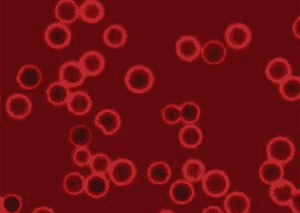A new type of polymer has been discovered by scientists at the Anderson Laboratory at the University of Chicago that has intrigued researchers due to its exceptional characteristics. According to the researchers, it is a plastic material having metallic properties and is highly flexible. Moreover, it always remains in a stable condition regardless of the surrounding atmosphere and can also be transformed into different shapes. You would be amazed to know that the polymer is capable of conducting electricity despite being amorphous. However, as far as its practical applications are concerned, it can be widely used in wearable devices, particularly in the fields of medicine and electronics.

Due to its metallic properties and stable nature, it doesn’t change its characteristics after being exposed to air or during heating, or when brought into the open with acid. Considering this, Dr. John Anderson, who is a senior author of the research from the University of Chicago, said, “It’s a dark black powder. However, when we put it on a surface as a film or press it like Play-Doh, it becomes iridescent and shiny. From what we can tell, it’s stable up to [about] 250 degrees Celsius and did make a note of mentioning the material has conductive properties similar to graphite”.

Now coming towards the most intriguing part i.e., its electrical conductivity. As we have discussed above that the material is amorphous but still conducts electricity, we should be aware of the fact that conductivity only happens due to the flow of free electrons in a material. More specifically, the characteristic holds primary importance in the case of structural solids. However, as far as this material is concerned, it is composed of chains of molecules comprising sulfur, carboxin, and hydrogen. It should be noted that these molecules also contain nickel at “regular intervals”.

However, the reason for its electrical conductivity is still unclear as researchers haven’t been able to find any theory regarding the phenomenon. In view of this, Anderson stated, “While we don’t have a really clear picture yet, we think that the molecular design of the chains enables strong overlap and metallic character, even when it’s disordered and amorphous”. He added, “We envision that these materials can be more robust electrical conductors, and they may be easily sprayed or painted onto surfaces or other devices.”


